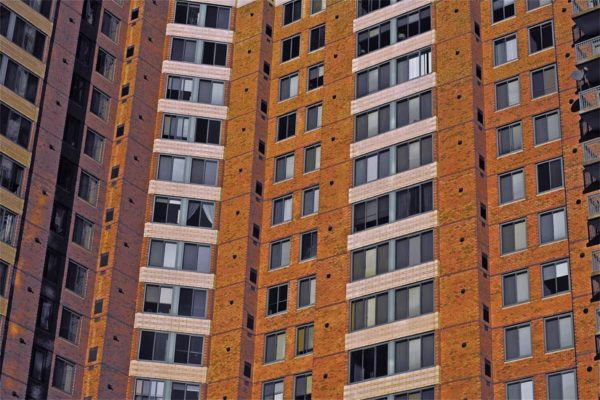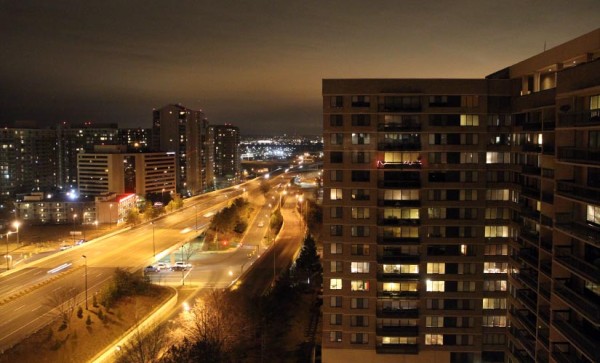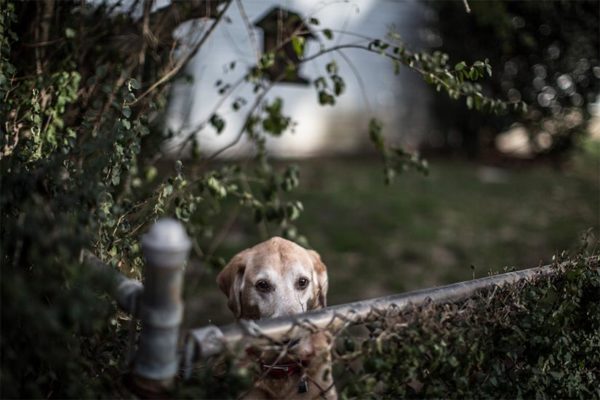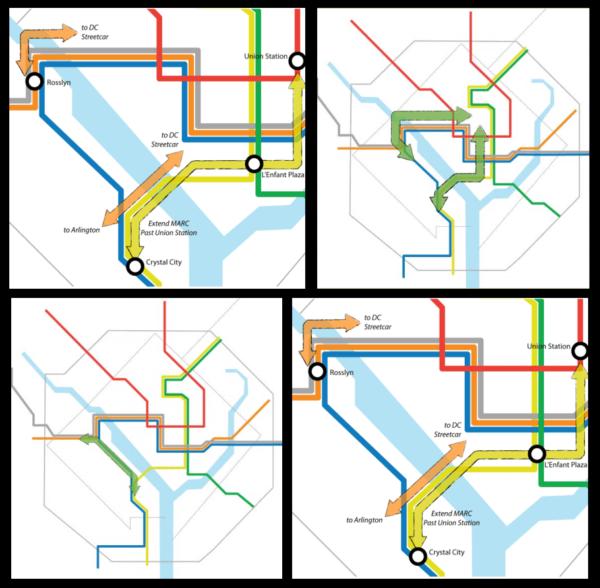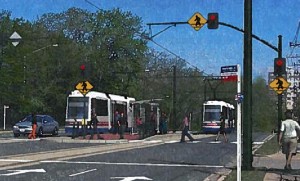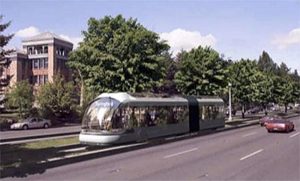Prince Harry to Visit Arlington — Britain’s Prince Harry will be in the U.S. for six days in May, and Arlington is among his stops. His trip includes a visit to Arlington National Cemetery, where he will pay respects to those killed in recent conflicts. Prince Harry will also stop at Walter Reed National Military Medical Center to visit wounded warriors, and Capitol Hill to see an exhibition on clearing landmines. [Reuters, Washingtonian]
Tea Party Calls for Action Against “Soviet” Arlington — The streetcar town hall meeting tomorrow night (Wednesday) is drumming up a lot of attention, including a post in the Northern Virginia Tea Party Newsletter. It posted “A Letter from behind the lines in Soviet Arlington,” calling on streetcar opponents to attend the meeting to demonstrate against what it calls “the county board’s pet streetcar project.” [Blue Virginia]
Arlington Unemployment Sees January Increase — The county’s unemployment rate experienced a bump up from December to January, rising from 3.3 percent to 3.9 percent. Figures released last week show there were nearly 131,200 Arlington residents in the civilian workforce in January, with more than 5,300 looking for work. Such unemployment bumps are not unexpected following the holidays, and also occurred in the surrounding areas of Fairfax County, Loudoun County, Alexandria and Prince William County. Arlington still has the lowest unemployment rate in the state, with the exception of the town of Leesburg (3.7 percent) which is not included in the rankings. [Sun Gazette]
Flickr pool photo by J.D. Moore









